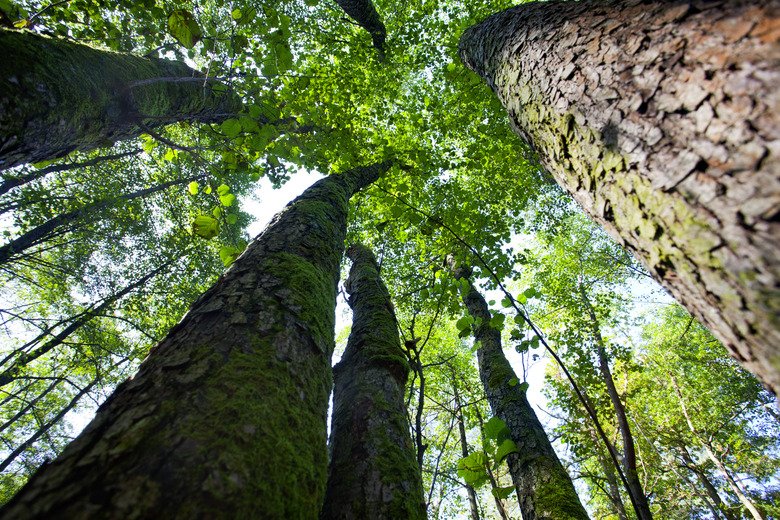Facts About The Alder Tree
Its showy purple sheen in spring makes this small tree an attractive part of the landscape. The many types of alder are a fascinating species of tree, from the way they produce their seeds to the multiple ways its wood can be used.
Facts About the Alder Tree
Facts About the Alder Tree
Native to the United Kingdom, the alder tree's official genus name is Alnus, USDA zones 3-7). It can grow to a towering 40 to 80 feet in height when it is fully grown depending on the type of alder. It is part of the birch family, which you can see in its attractive, light-gray bark that is speckled with white.
Alder trees don't require nitrogen fertilizer because they extract and use nitrogen from nodules fixed on the plant's roots from beneficial soilborne bacteria. This makes them perfect for wild areas that don't require human intervention to maintain the tree's health.
Types of Alder Trees
Types of Alder Trees
There are a wide variety of alder trees from which to choose:
- Sitka Alder (Alnus viridis subsp. sinuata, zones 2-9) has thin leaves and grows to about 25 feet in height at its full maturity. They are sometimes used as shrubs for privacy or wind protection.
- Red Alder (Alnus rubra, zones 6-8). This is the largest species that can grow to nearly 80 feet at its peak. They can also be found in the Pacific Northwest.
- Black Alder (Alnus glutinosa, zones 3-7). Mostly found in Europe, this type of alder tree is known for its height.
- White Alder (Alnus rhombifolia, zones 8-11). While most alders prefer to be close to a water source such as streams, rivers and marshy wetlands, this type of alder can withstand drier climates.
- Green Alder (Alnus viridis, zones 4-8). Small and slow growing with a crown of bright, bushy green leaves, this alder can adapt to soil and weather conditions and is often used as a shrub for landscaping.
Alder Leaf Shape
Alder Leaf Shape
The spiky-toothed leaves are round and create attractive waves along the alder tree's crown in the slightest of breezes. The edges of the alder leaf are serrated with a distinct vein that runs down the center of the leaf and has a series of softer side veins.
The leaves don't change color when the weather turns. The egg-shaped leaves drop to the ground – perfectly green – in winter to reveal the showy seeds that make this tree so attractive during the colder months.
The red alder has a leaf that has a crisp cur on its outer edges. The white alder has leaves that are flatter along the edges.
Alder Seeds Facts
Alder Seeds Facts
The way that the black alder tree produces its seeds is fascinating to arborists. It is the only native British deciduous tree that produces cones. The seeds are grown in rather small cones that pop out from the thin branches of a mature alder tree.
The pale green male catkins are striking against the dark-brown bark of the black alder's trunk and branches. A catkin is a flowering, downy spike of male seeds that droop off the branches and are carried on the wind to pollinate. The female seeds are little ball-shaped purple catkins that are located just behind the showy male catkins that fade from purple to brown before they turn into the identifiable cones.
The cones stand out in the winter months when the tree is bare of its lovely leaves. The cones can be seen from January until March. They are about an inch long and almost look like nuts.
Alder Tree Uses
Alder Tree Uses
This hardy tree is often used when an area is under reforestation. It stabilizes soil in rainy, wet areas. The wide, leafy canopy makes the alder tree a perfect shade tree for home gardeners.
The cones are bitter tasting but have a high protein content. The bark can be boiled into a tea to be used as an anti-inflammatory. The salicin in the bark has been used to treat skin irritations such as those from poison oak or insect bites.
The hardwood of the alder has been used for a wide variety of purposes, from the pilings of the foundation of the floating city of Venice to furniture, cabinets and trim. The Fender Musical Instruments Corporation has built guitar bodies out of alder wood since the 1950s.
